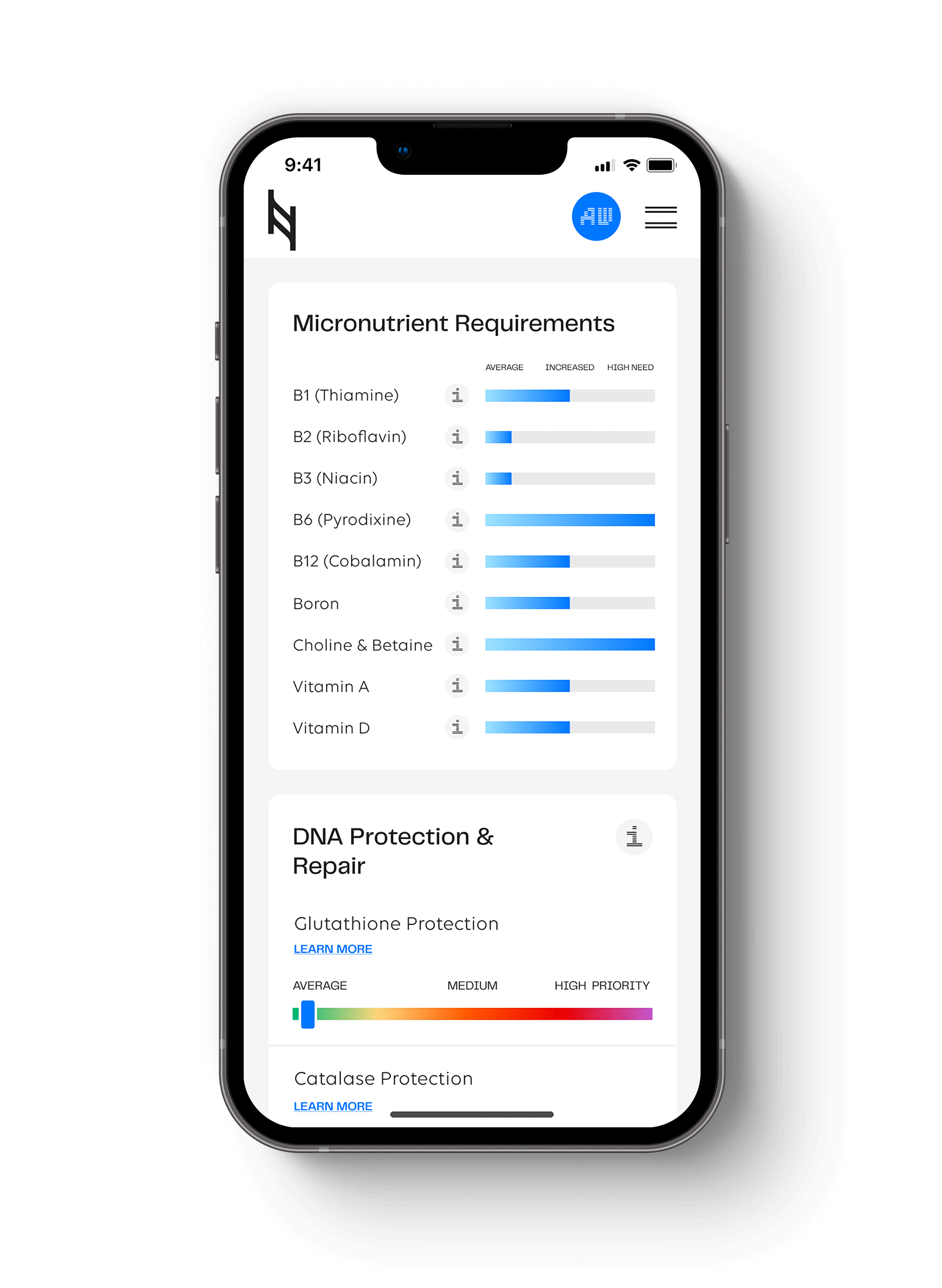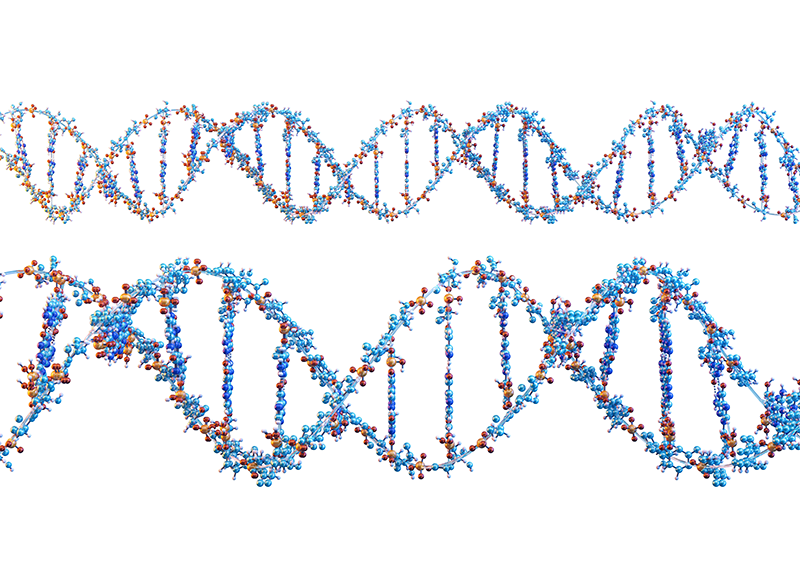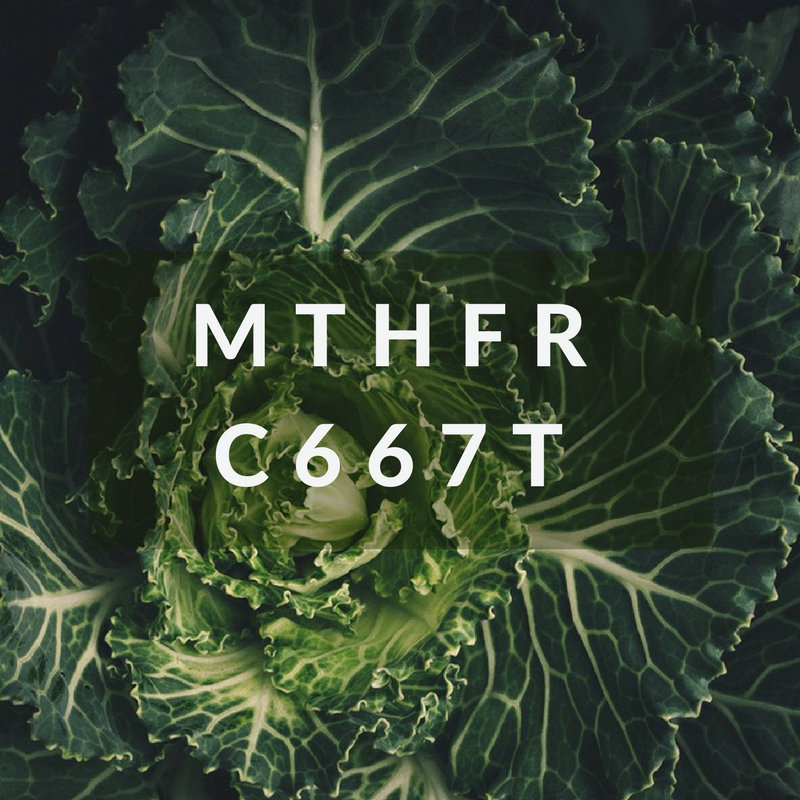Over the past few months, there has been a spectrum of adaptations that have changed our way of life. This may have increased stress, restricted our ability to interact with our friends and family, and reduced joy in our lives. It is a time where we have to make a more conscious effort than ever to dig deep within ourselves to offset stress and focus on the positive.
In The Book of Joy by Douglas Abrams, the Dalai Lama and Archbishop Desmond Tutu discuss the religious, philosophical, and scientific basis for obtaining joy against all of the obstacles of stress, fear, grief, illness, and death. The Dalai Lama won the Nobel Peace Prize in 1989 for his nonviolent campaign to resolve for peaceful solutions with China over the domination of Tibet. Archbishop Desmond Tutu won the Nobel Peace Prize in 1984 for his nonviolent efforts in resolving and ending apartheid in South Africa.
As Douglas Abrams points out, we are genetically hardwired for cooperation, compassion, and generosity. We are also hardwired to develop a tolerance to external doses of pleasure, whether it is a drug or materialism, quickly adapt, and keep requiring more to get the same effect. This phenomenon has been coined as the “hedonistic treadmill.”
The difference between joy and happiness, as described by these spiritual leaders, is that happiness depends on external factors, while joy is a state of mind that leads to a life of satisfaction and meaning. Joy has the epigenetic power to heal and protect against stress-induced health disorders, and the Dalai Lama refers to this as cultivating “mental immunity.”
In the book, neuroscientist Richard Davidson proposes a unified theory of a joyful brain. He states that there are four independent brain circuits that influence our lasting well-being.
- The first circuit is our ability to maintain a positive state, which is highly influenced by love and compassion.
- The second circuit is responsible for our ability to recover from negative states and is independent of the positive state circuit.
- The third circuit is independent and influences the positive and negative state, which is the ability to focus and avoid mind-wandering. This is where meditation, prayer, and mindfulness techniques cultivate focus and peace of mind.
- The fourth circuit is entirely devoted to generosity. Our brains feel good when we help others, are helped by others or even witness others being helped.
Ancestral Backstory
Scientists have described humans having three innate and unconscious drives: to survive, to reproduce, and to cooperate. When you look at genetic SNPs in the context of selective pressures, you will find that the most influential reasons for genetic differences around the globe are to survive, reproduce, and cooperate in each individual environment.
APOE-e4 is selected to protect early life survival. Variants in Tp53 are selected to increase fertility in cold, northern climates. Each genotype in COMT is selected for different roles within the community to ensure survival and the probability of reproduction. Numerous genetic variations can be found within the genome for these three goals based on the environment.
Researchers have shown that chronic activation of the stress response has well-known negative consequences for health and reproduction. This has led to the suggestion that stress reduction is a selective pressure in the evolution of social bonds and is, therefore, one of the ultimate functions of social bonding. Genetically, people are even more likely to be friends if they have similar genotypes.
Our current story is to try and protect one another for survival through social distancing, while also ensuring our stress levels are mitigated through phone calls, Zoom game nights, neighboring balcony happy hours, distanced hiking, and other creative ways to bond.
Understanding Our Response to Stress
Understanding our own stress response and the stress response of others helps us develop compassion. We may not be as hard on ourselves if we understand our genetic response system to stress and why it is in place. Or, we may be more patient with our family and friends if we understand their response to stress.
The second step is incorporating strategies that target these genes to prevent an unnecessary fight or flight stress response. This enables the ability to mitigate stress before it can lead to anger, fear, anxiety, and depression.
Many genes are involved in stress because they all affect our three major goals of survival, reproduction, and cooperation. There are genes that compound each other in response to stress, while others help offset each other. This is not conflicting information; it is of cumulative value.
This is why we see individuals respond to stress uniquely, and why chronic stress-induced health issues can manifest differently in each person. The same stressor could produce digestive issues in one person, heart issues in another, or tension headaches, anxiety, and sleep issues in a third person.
Physical and mental pain also causes one to be extremely self-focused, socially withdrawn, and even antagonistic. This creates a vicious cycle, and one way to turn this into a virtuous cycle is to heal your own pain by turning to the pain of others according to The Book of Joy. We are hardwired to produce healing and lasting joy in ourselves by helping others.
Genes Connected to Stress, Joy, and Socialization
In our article The Inspiring Effect of Community on Health, we gave examples of how community has a protective effect against disease and an anti-aging influence on telomeres. Genetics shows that our career and social choices can have epigenetic influences on our stress response, satisfaction, purpose, and friendships.
Here is a quick look at a few genes in the Nutrition Genome Report related to stress, joy, and socialization:
COMT, Career, and Socialization
In the article Are You a Worrier or a Warrior? The COMT Gene and Stress Performance, we outlined the ancestral reasons for our stress response with dopamine and adrenaline levels and COMT V158M.
Wild-type COMT V158M
- Scored higher on social facilitation and cooperatives.
- May experience more satisfaction in a job with a social and cooperative role that also includes some pressure and deadlines to perform.
- Could be more negatively affected by a lack of socialization due to the influence of friendship on oxytocin and subsequent dopamine release. Variants in the dopamine receptor ANKK1 could theoretically lead to more addictive behaviors combined with the wild-type genotype with a lack of social bonds. Meditation and aerobic exercise have been proven interventions for balancing dopamine and dopamine receptors.
Heterozygous COMT V158
- Scored significantly higher on insight problem-solving tasks and also had a greater effect on social facilitation and cooperatives.
- May find the most satisfaction in a job that includes challenging problem-solving tasks, socialization, and a cooperative effort, but has a lower tolerance for pressure and deadlines than the wild-type.
Homozygous COMT V158M
- Increased creativity, divergent thinking, problem-solving, executive function, and overall cognitive function.
- May have more satisfaction in jobs that involve independence and specialization while enjoying socialization outside of the work scope.
- Lowest tolerance for pressure and deadlines due to higher baseline dopamine levels and may experience more negative health effects from high-pressure jobs. Variants in the ADRB2 gene could increase the risk of stress-related cardiovascular issues. Deep breathing methods and weight training are two recommended strategies for this genotype.
The 5-HT2A and BDNF Gene for Anxiety
Polymorphisms in the 5-HT2A serotonin receptor rs6311 and rs6313 may contribute to elevated levels of perceived stress and a reduced capacity to regulate chronic stress, especially in females with variants in the BDNF gene. Chronic stress may increase the susceptibility to anxiety, depression, OCD, and IBS for these genotypes.
Variants in 5-HT2A have been associated with low vagal tone. Low vagal tone is correlated with a lower capacity to regulate stress and has been associated with heightened emotional reactivity. Vagus nerve stimulation may be a promising add-on treatment for anxiety, depression, PTSD, seizures, and inflammatory bowel disease.
Natural ways to stimulate the vagus nerve and increase vagal tone include singing, deep breathing, meditation, and yoga. These target the third circuit of the brain responsible for focus and mind wandering. If you find yourself having difficulty cultivating joy during this restricted time, these strategies are something you can do at home to help elevate your mental state.
The FAAH Gene and Joy
Anandamide is a neurotransmitter and endogenous cannabinoid and is known as the “bliss” molecule that targets the endocannabinoid system. The wild-type genotype encodes for the fast activity of FAAH, and therefore naturally leads to lower anandamide levels. This can potentially affect anxiety levels, pain, perceived threats, and satisfaction.
Anandamide plays a role in pain, inflammation, reward, addiction, fertility, and energy regulation. Endorphins are endogenous opioids that enhance the effects of cannabinoids and give us a feeling of bliss. However, endorphins cannot cross the blood-brain barrier. A “runner’s high” has been shown to actually be the increase in endocannabinoids that reduces anxiety, increases euphoria, and lowers pain.
Even more fascinating is that mouse studies show that social contact increases, whereas isolation decreases, the mobilization of endogenous anandamide. The release of oxytocin, which plays a role in parental and social bonding, drives anandamide mobilization. Researchers are exploring if oxytocin-driven anandamide signaling may be defective in autism spectrum disorders and that correcting such deficits might offer a strategy to treat these conditions.
In the book Born to Run, author Christopher McDougal makes an excellent observation that during the most difficult times, humans start running more. Endurance exercise is your natural adaptive response to help balance your emotions during challenging times.
Summary
- We are genetically hardwired to reduce stress and increase joy through cooperation, generosity, and compassion.
- We are also hardwired to experience negativity and subsequent health issues from self-centeredness, isolation, and the “hedonic treadmill.”
- Your COMT genotype can help determine if your career environment is in line with your stress response, skillset, community requirement, and satisfaction level.
- 5-HT2A, BDNF, and FAAH can help determine if more mindfulness training, deep breathing, singing, meditation, prayer, and yoga, are required to train the stress response system to be less reactive.
- For those with low dopamine, endurance exercise and meditation can be a powerful combination to help cope with isolation.
- For those with low anandamide, endurance exercise, certain foods (see the FAAH gene in the Nutrition Genome Report), and social bonding (phone, zoom, at a distance for now) may decrease anxiety and increase sustaining levels of joy.
Hit your health goals faster
We'll help you remove the guesswork
Experience the most advanced nutrigenomic test available, covering 100 clinically relevant genes for a "whole body" analysis. Take control of your health today.
$359






















